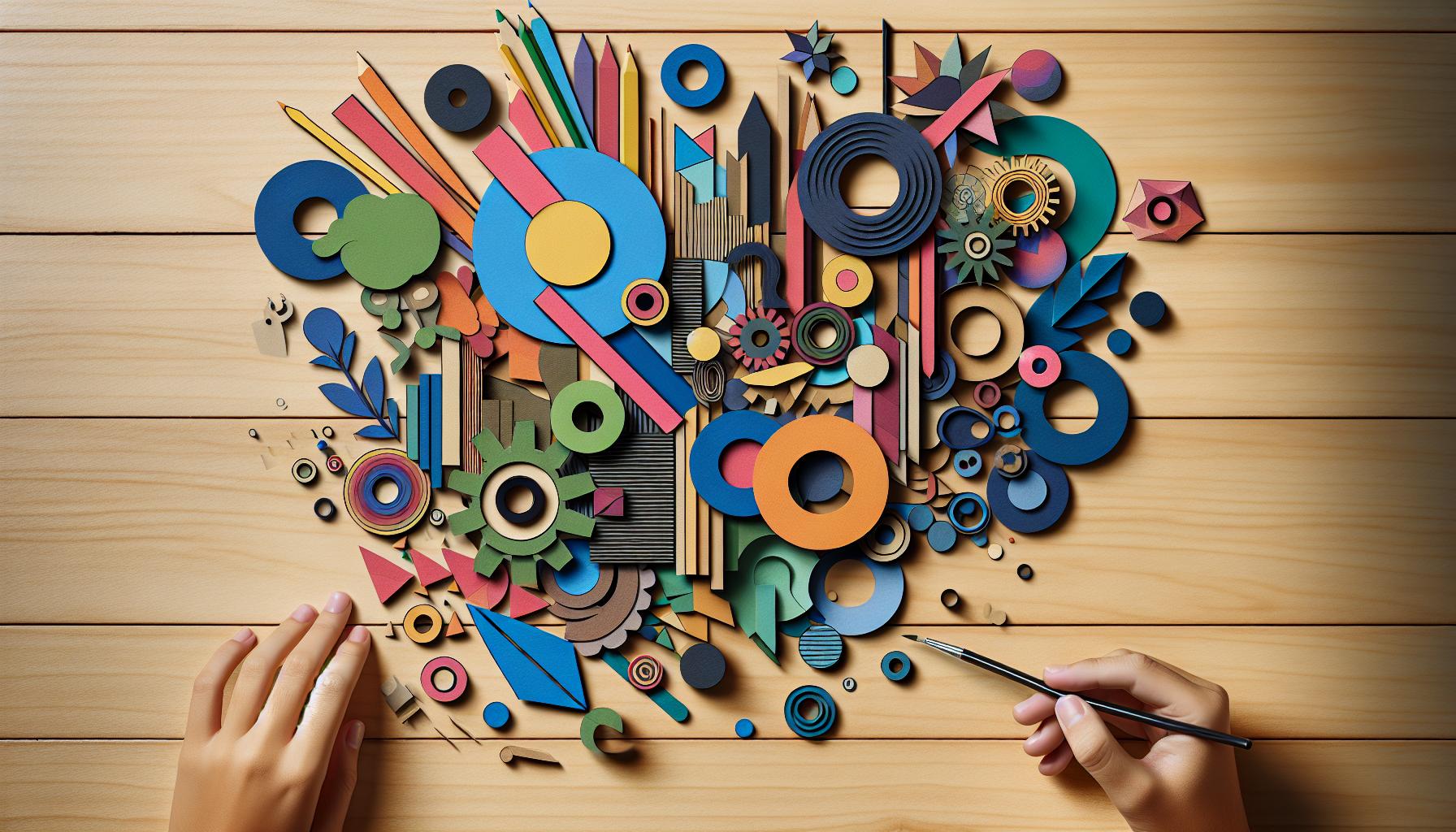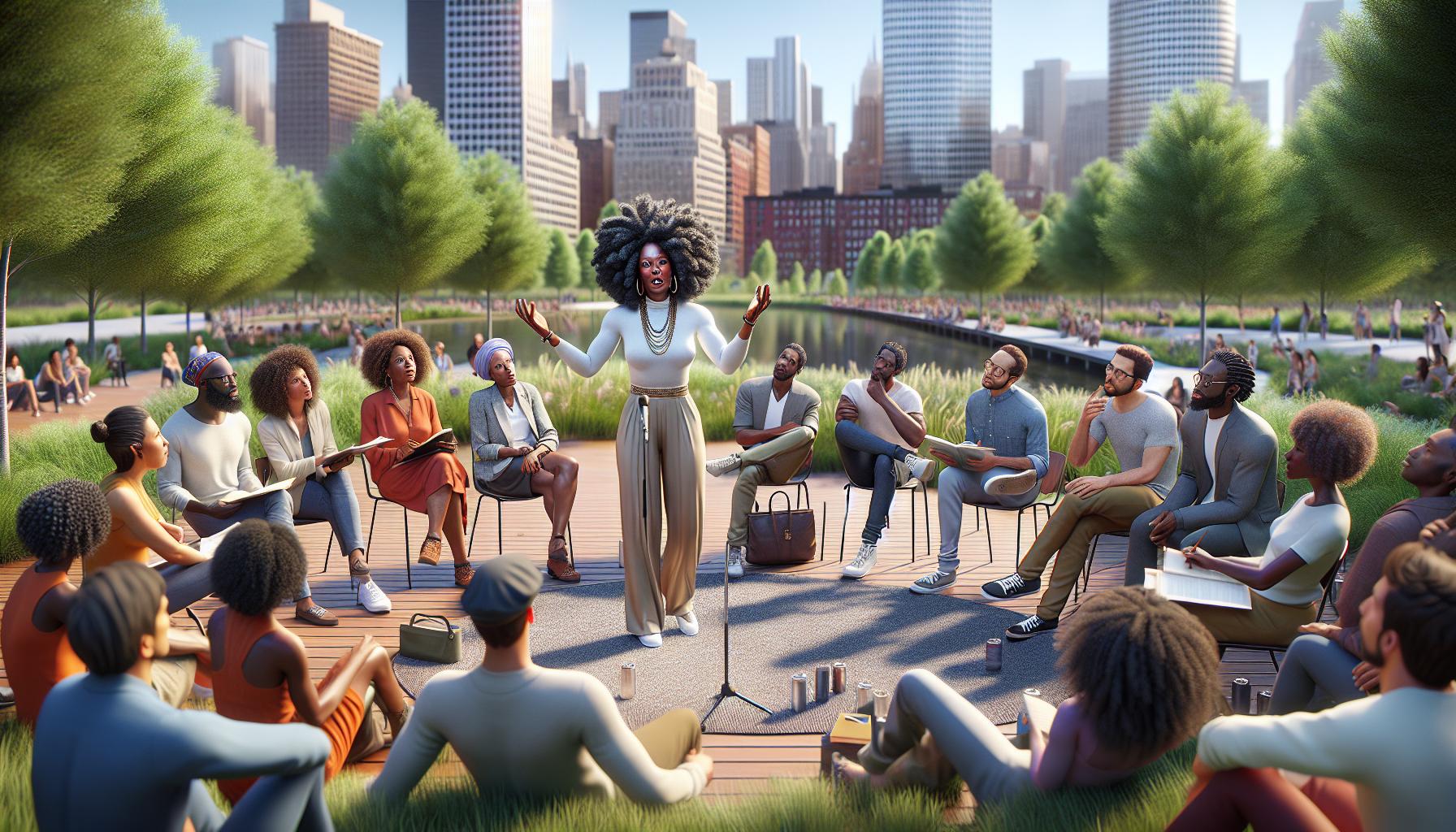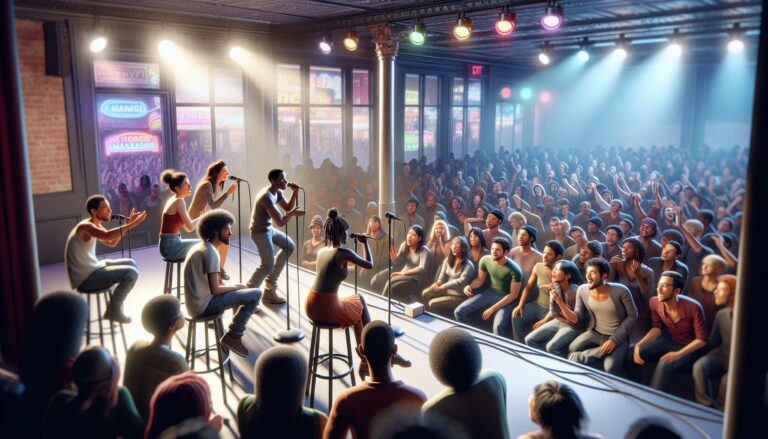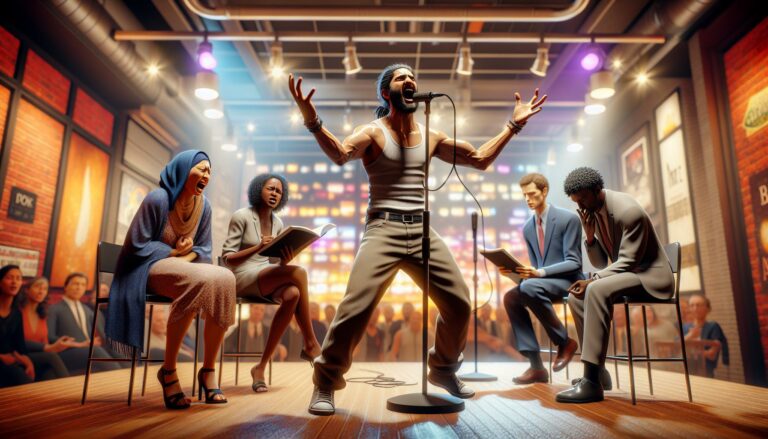Breaking free from traditional poetic constraints open form poetry dances to its own rhythm. This liberating style of verse throws conventional rules out the window letting poets express themselves without the shackles of rhyme schemes meter or fixed patterns.
In today’s literary landscape open form poetry has become increasingly popular among both established and emerging writers. It’s like jazz for wordsmiths – spontaneous expressive and uniquely personal. Unlike its structured counterparts such as sonnets or haikus open form poetry encourages writers to explore the limitless possibilities of language arrangement and creative expression.
Understanding Open Form Poetry
Open form poetry breaks traditional poetic conventions by prioritizing natural expression over fixed structures. This poetic style emphasizes organic flow while maintaining artistic integrity through carefully chosen language and imagery.
Key Characteristics of Open Form Poetry
- Variable Line Lengths: Lines extend or contract based on the poet’s intended emphasis rather than predetermined patterns
- Natural Speech Rhythms: The cadence follows conversational patterns instead of metered beats
- Visual Arrangement: Words appear on the page in meaningful spatial relationships creating visual impact
- Flexible Punctuation: Punctuation marks serve expressive purposes beyond grammatical rules
- Dynamic White Space: Strategic use of blank spaces creates pauses emphasis or visual effects
- Organic Structure: The poem’s form emerges from its content rather than fitting predetermined molds
- Thematic Flow: Ideas develop through association rather than logical progression
Historical Development of Free Verse
Free verse emerged in the late 19th century as poets sought liberation from traditional forms. Walt Whitman’s “Leaves of Grass” (1855) marked a pivotal moment in open form poetry establishing new possibilities for poetic expression. The Imagist movement of the 1910s led by Ezra Pound T.S. Eliot refined this approach emphasizing precise language over decorative elements. During the 1950s Beat poets like Allen Ginsberg expanded open form’s boundaries through spontaneous composition techniques. Contemporary poets combine these influences with digital age innovations creating multimedia open form experiences through social media platforms electronic literature formats.
| Era | Key Innovation | Notable Poet |
|---|---|---|
| 1855 | Natural Speech | Walt Whitman |
| 1910s | Precise Language | Ezra Pound |
| 1950s | Spontaneous Composition | Allen Ginsberg |
| 2000s | Digital Integration | Various |
Visual Elements in Open Form Poetry

Visual elements transform open form poetry into a dynamic artistic expression that engages readers through both language and spatial design. The visual arrangement on the page becomes an integral part of the poem’s meaning and impact.
Spatial Arrangements
Open form poets manipulate line breaks to create distinct visual patterns on the page. The strategic placement of words affects the poem’s rhythm, pace, and emotional resonance. Empty spaces between stanzas or words function as visual pauses, directing the reader’s eye movement across the page. Poets like e.e. cummings utilize cascading lines, indentations, and scattered text placements to reflect specific moods or concepts. The physical arrangement of text mirrors natural speech patterns, mental processes or physical movements – such as words forming waves, spirals or geometric shapes.
Typographical Experimentation
Typography plays a crucial role in modern open form poetry through varied font sizes, styles, and text orientations. Poets incorporate bold text, italics, and capitalization to emphasize specific words or phrases. Digital platforms enable experimentation with colored text, animated elements, and interactive features. Contemporary poets like Christian Bök explore concrete poetry by creating visual compositions where typography forms images related to the poem’s theme. Social media platforms introduce new possibilities for typographical innovation through emojis, special characters, and multimedia elements.
Common Techniques in Open Form Poetry
Open form poetry employs specific techniques to create impact and meaning beyond traditional poetic constraints. These techniques focus on visual arrangement, rhythm patterns and strategic use of language to convey the poet’s intended message.
Line Breaks and White Space
Line breaks in open form poetry create distinct pauses that control the poem’s pacing and emotional resonance. Poets place line breaks at critical moments to emphasize specific words, phrases or ideas. White space functions as a visual pause, allowing readers to absorb the weight of preceding lines. Strategic spacing creates tension between words, generates multiple interpretations through careful positioning of text blocks and draws attention to key themes. Contemporary poets like Mary Oliver use cascading line breaks to mirror natural speech patterns while e.e. cummings pioneered dramatic spacing techniques to fragment and reconstruct meaning across the page.
Rhythmic Patterns
Open form poetry develops rhythm through varied line lengths, repetition of sounds and careful word placement. Poets incorporate assonance, alliteration and internal rhyme to establish musical qualities without strict metrical patterns. Long flowing lines alternate with short sharp phrases to create dynamic tempo changes. Sound devices like consonance and onomatopoeia add texture to the verse. Poets like Langston Hughes demonstrated how everyday speech rhythms translate into powerful poetic cadences through strategic word choice and phrasing. The natural rise and fall of language replaces traditional meter while maintaining musical momentum through the careful arrangement of stressed and unstressed syllables.
Notable Open Form Poets
Open form poetry features prominent writers who transformed poetic expression through innovative techniques and unconventional approaches. These poets challenged traditional forms while establishing new possibilities for creative expression.
Walt Whitman’s Influence
Walt Whitman revolutionized poetry with “Leaves of Grass” in 1855, introducing a distinctly American poetic voice. His expansive lines captured the rhythms of natural speech while celebrating democracy and individual expression. Whitman’s technique of cataloging created sweeping passages that encompassed diverse experiences, emotions and observations. His use of free verse influenced generations of poets by demonstrating how unstructured forms express complex ideas with authenticity. “Song of Myself” exemplifies his mastery of open form through its sprawling structure, intimate tone and democratic themes.
Modern Open Form Masters
Allen Ginsberg pioneered the Beat movement with “Howl,” crafting long breath-based lines that captured raw emotional energy. Sylvia Plath mastered psychological intensity in works like “Daddy” through precise imagery and jagged rhythms. Gary Snyder brings ecological awareness through spare language influenced by Asian poetic forms. Sharon Olds explores intimate personal experiences with unflinching detail in collections like “Satan Says.” Anne Carson blends classical references with contemporary perspectives in experimental works like “Autobiography of Red.” Mary Oliver’s nature-focused poetry demonstrates how simple language creates profound observations about the natural world.
Impact on Contemporary Poetry
Open form poetry shapes modern literary landscapes by challenging established conventions and expanding creative possibilities. Its influence extends across diverse poetic movements and digital platforms, transforming how poets express themselves and engage with readers.
Breaking Traditional Boundaries
Contemporary poets leverage open form to address complex social issues through unconventional structures. Poets like Ocean Vuong create multilayered narratives by combining personal experiences with broader cultural commentary. Social media platforms showcase micro-poems that compress meaning into brief yet powerful statements. Leading literary magazines publish experimental works that blend genres, incorporating elements of prose, drama and visual art. Major poetry collections feature innovative formatting techniques that extend beyond traditional page layouts. Literary festivals celebrate boundary-pushing poets who integrate performance elements into their written work. The Academy of American Poets recognizes groundbreaking open form poetry through dedicated awards programs.
Digital Age Applications
Digital platforms transform open form poetry through interactive elements and multimedia integration. Instagram poets like Rupi Kaur reach millions of readers through visually striking posts that combine text with illustrations. Twitter’s character limit inspires poets to create concise verses that maintain impact through careful word selection. Electronic literature platforms enable poets to incorporate hyperlinks, animation and sound elements. Poetry apps allow readers to manipulate text arrangements, creating personalized reading experiences. Online poetry communities foster collaboration between writers who experiment with digital tools. Virtual reality poetry installations create immersive experiences that expand traditional reading parameters. Digital archives preserve and distribute experimental works to global audiences.
Conclusion
Open form poetry stands as a testament to the boundless potential of artistic expression. Its evolution from Whitman’s groundbreaking works to today’s digital innovations demonstrates its enduring relevance and adaptability.
As poets continue to push boundaries through multimedia platforms and innovative techniques the importance of open form poetry in contemporary literature grows stronger. This flexible approach to verse empowers writers to address complex themes while maintaining authenticity and emotional depth.
The future of open form poetry looks promising as digital platforms create new opportunities for experimentation and global collaboration. It remains a powerful vehicle for personal expression artistic innovation and social commentary in our ever-evolving literary landscape.



